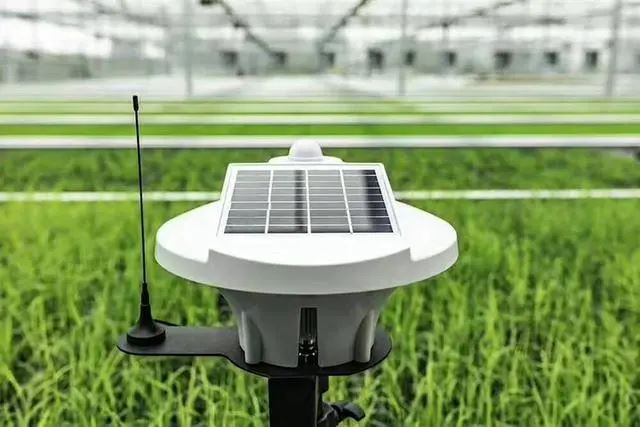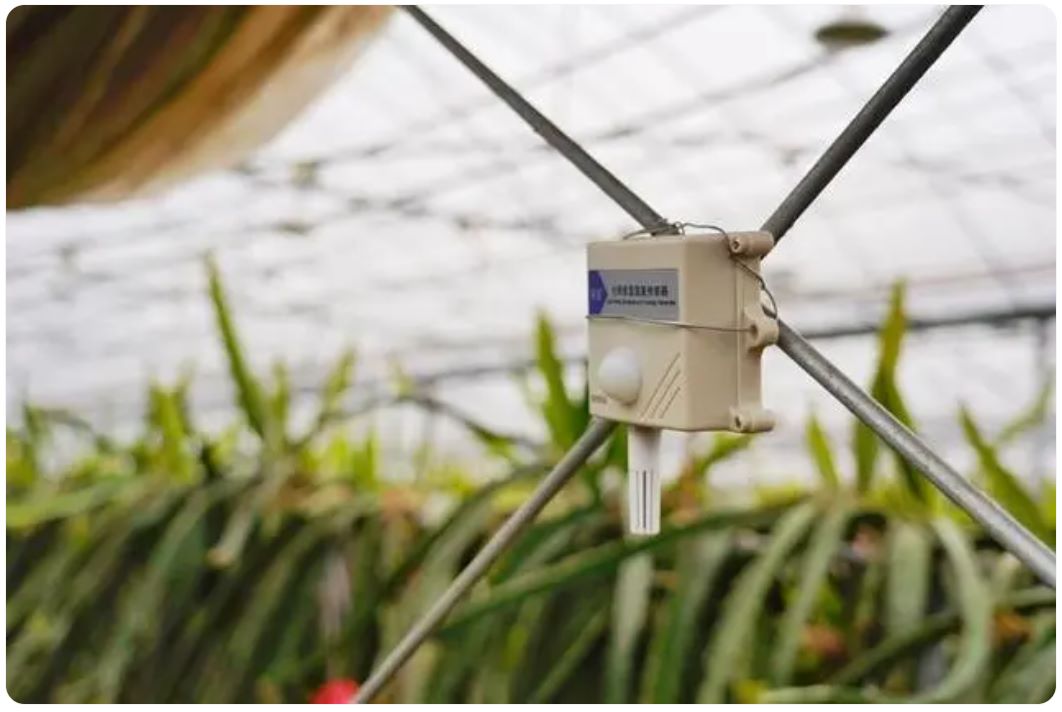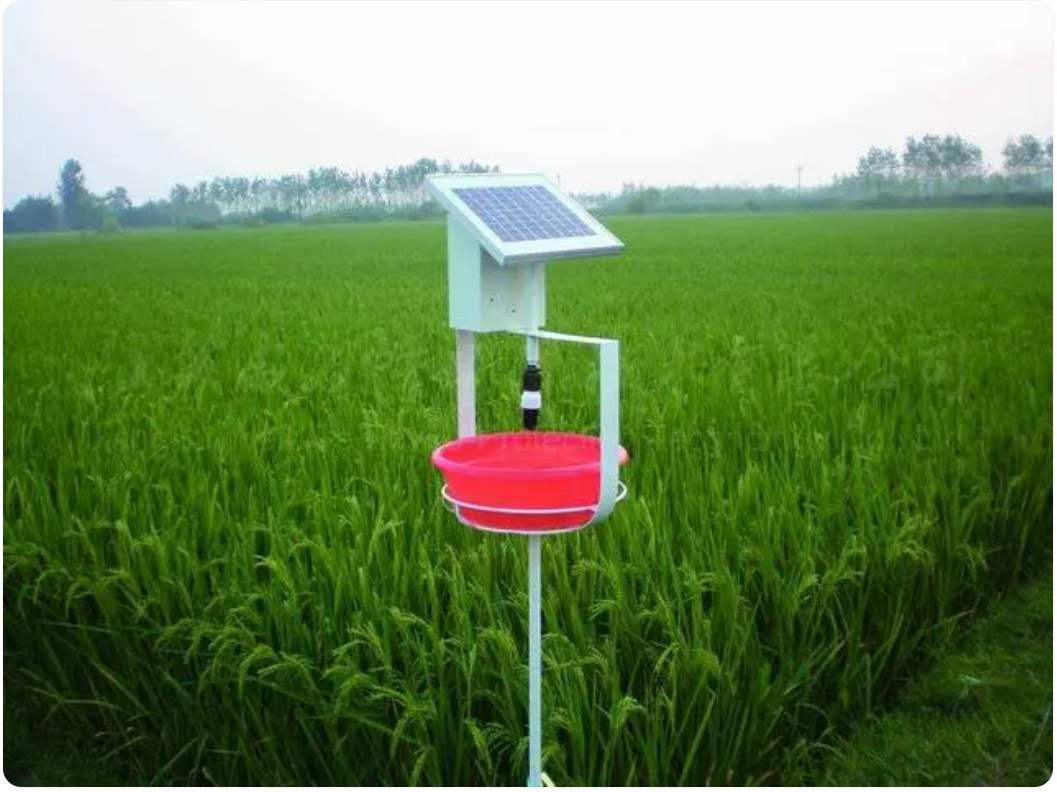In recent years, with the development of technology, agricultural production methods have undergone earth shaking changes. In this transformation, agricultural sensors have played a crucial role. Next, Guanke will provide a detailed introduction to the types, applications, and profound impact of agricultural sensors on agricultural production in this article.

1、 Overview of Agricultural Sensors
Agricultural sensors are specialized sensing devices used for agricultural environmental monitoring, which can obtain real-time data on environmental parameters such as soil, water, and atmosphere. These data have important reference value for crop growth, pest control, and efficient utilization of agricultural resources. Agricultural sensors can be divided into multiple types, including soil sensors, meteorological sensors, water quality sensors, and environmental sensors.
2、 Soil sensor: an intelligent assistant for deep plowing of land
1. Soil moisture sensor
Soil moisture sensors can monitor the moisture content in the soil, which is crucial for water management in crop growth. Traditional irrigation methods often result in water resource waste, but by using soil moisture sensors, farmers can carry out precise irrigation based on the actual soil moisture situation, reducing the phenomenon of insufficient water supply or excessive irrigation, and improving water resource utilization efficiency.
2. Soil temperature sensor
Soil temperature directly affects the growth of crop roots and enzyme activity. Soil temperature sensors can monitor real-time changes in soil temperature, helping farmers adjust their farming strategies in a timely manner. For example, in cold seasons, low temperatures may affect the absorption of nutrients by crop roots. By monitoring soil temperature, farmers can take measures such as covering crops or using temperature control equipment to maintain appropriate soil temperature.
3. Soil pH sensor
The pH value of soil also has a significant impact on crop growth. Different crops have different requirements for soil pH value. Soil pH sensors can monitor soil acidity and alkalinity in real time, helping farmers adjust soil fertility in a timely manner and ensuring that crops grow in a suitable environment. In some planting processes, abnormal soil pH values may also indicate soil pollution problems. By detecting them in a timely manner through sensors, early measures can be taken for remediation.
3、 Meteorological Sensors: Agricultural Applications of Meteorological Forecasting
1. Air temperature and humidity sensor
Air temperature and humidity are key factors for crop growth, and air temperature and humidity sensors can monitor changes in atmospheric temperature and humidity. For example, crops require high air humidity during their growth period, and if they are dry, they may wither. By monitoring humidity through air humidity sensors, farmers can take timely artificial humidification measures.
2. Light sensor
Light is the foundation of photosynthesis in plants. Light sensors monitor the duration and intensity of sunlight, which helps farmers understand the light requirements for different growth stages of crops and adjust the lighting conditions. Especially in greenhouse cultivation, insufficient or excessive light can affect crop growth. With the guidance of light sensors, the light source can be precisely adjusted to achieve efficient crop production.
3. Wind speed and direction sensor
Wind speed and direction have a significant impact on agricultural production, especially greenhouse planting and pest control. Wind speed and direction sensors can monitor changes in wind speed and direction in real time, helping farmers predict disaster weather and take corresponding measures. For example, strong winds may cause damage to greenhouses. Through sensor warnings, farmers can reinforce the greenhouse frames in advance to reduce losses.

4、 Water quality sensor: ensuring the health of agricultural water use
1. Conductivity sensor
Conductivity sensors are used to monitor the ion content in water bodies and reflect water quality conditions. The high conductivity of agricultural water can affect crop growth. Through real-time monitoring by sensors, irrigation strategies can be adjusted according to water quality conditions to ensure that water quality meets agricultural production needs.
2. Dissolved oxygen sensor
Dissolved oxygen refers to the oxygen content in water bodies, which affects water quality and aquatic environment. For farmers engaged in hydroponics and aquaculture, dissolved oxygen sensors can provide important water quality information, help adjust the operation of dissolved oxygen equipment, and ensure a good water environment.
5、 Environmental Sensor: A Multi functional Tool for Comprehensive Environmental Monitoring
1. Carbon dioxide sensor
Carbon dioxide has a significant impact on photosynthesis, and carbon dioxide sensors can monitor the concentration of carbon dioxide in the air. Especially in greenhouse cultivation, the regulation of carbon dioxide concentration directly affects the photosynthetic efficiency of crops. Based on sensor data, farmers can increase carbon dioxide supply in a timely manner to improve crop yields.
2. Harmful gas sensors
Used for detecting harmful gases in agricultural environments, such as ammonia, hydrogen sulfide, etc. Harmful gas sensors can detect air pollution in a timely manner, help farmers take measures such as ventilation and exhaust, and reduce the impact of harmful gases on crops and farmers' health.

6、 The intelligent trend of agricultural sensors
With the development of IoT technology, agricultural sensors are moving towards intelligence and integration. By integrating data from various sensors onto the Internet of Things platform, farmers can view environmental parameters in real-time through their mobile phones or computers, achieving refined management of agricultural production.
For example, smart agriculture systems can comprehensively analyze sensor data, provide accurate agricultural guidance, and optimize agricultural measures such as planting, irrigation, and fertilization. Not only does it save manpower and material resources, improve production efficiency, but it also enables farmers to conduct agricultural production more scientifically and increase income.
7、 Challenges and Future of Agricultural Sensors
Although agricultural sensors have played a significant role in agricultural production, their promotion and application still face some challenges, including high equipment costs, difficult maintenance, and limited data accuracy. In the future, with the further development of technology, agricultural sensors will move towards a more efficient, convenient, and low-cost direction. At the same time, farmers' digital literacy also needs to be improved to lay a solid foundation for the comprehensive realization of smart agriculture.
In short, agricultural sensors, as an important component of modern agriculture, are constantly driving the development of agriculture towards intelligence and intensification. Guanke believes that by accurately monitoring agricultural environmental parameters, improving resource utilization, reducing production costs, and increasing crop yields, agricultural sensors will play a more important role in the future and help promote the modernization of agriculture.

